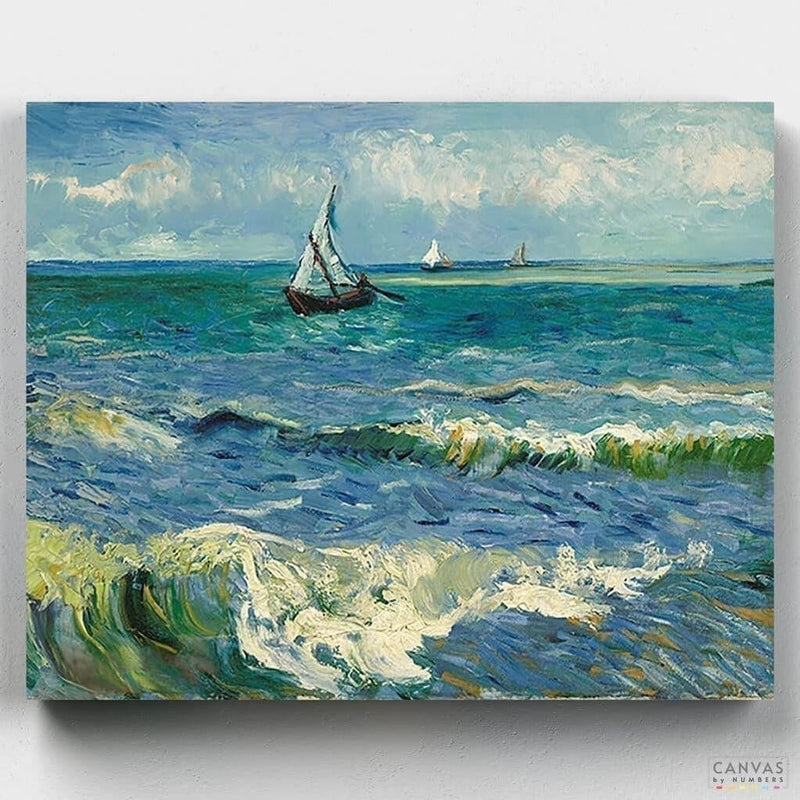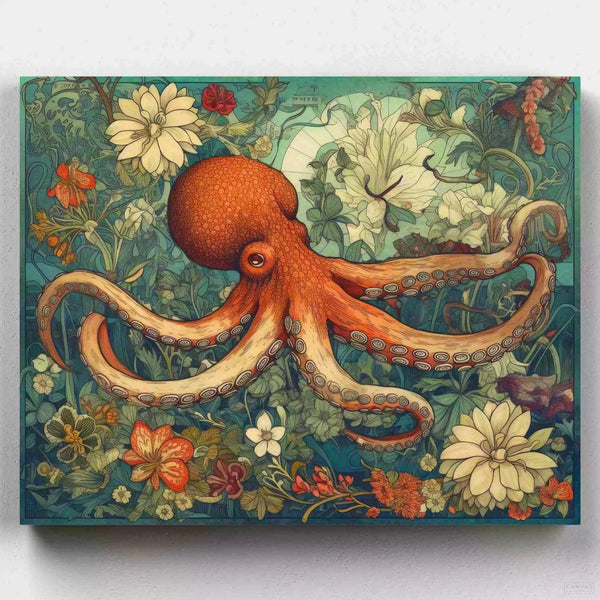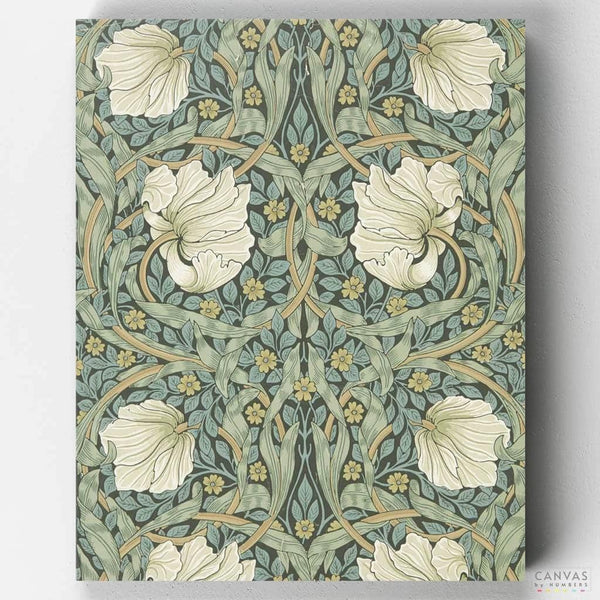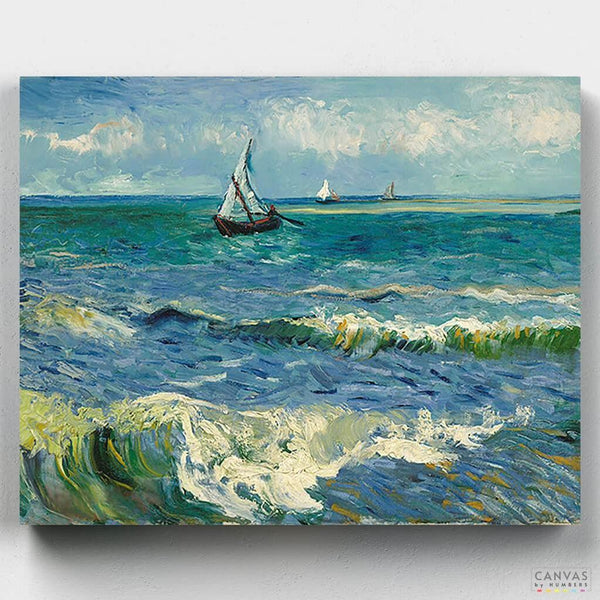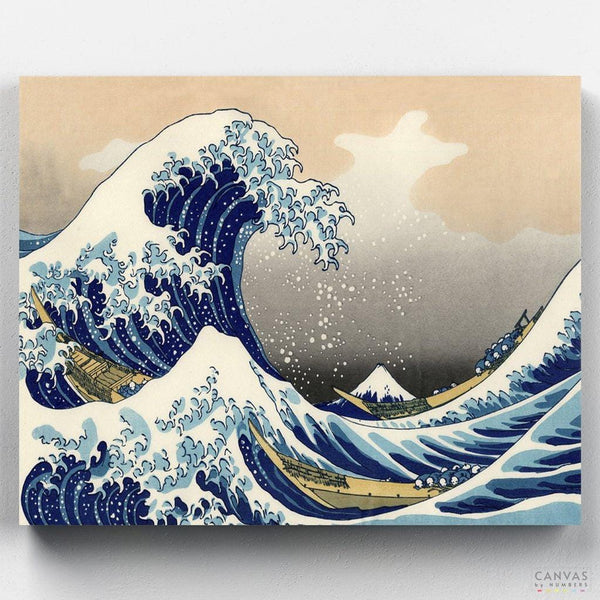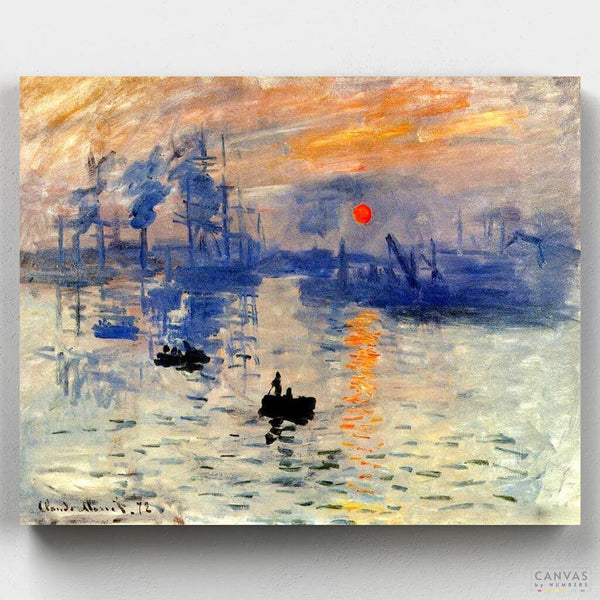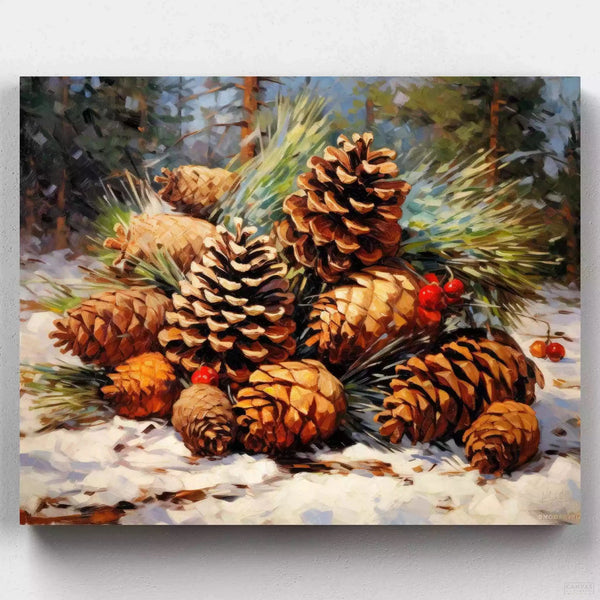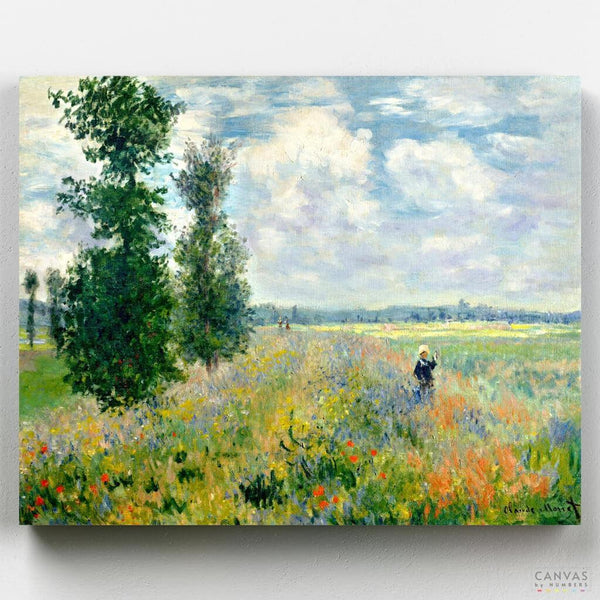In March 1853, one of the most famous painters in history was born in a small Dutch town. His name is inevitably linked to the ear he lost, as well as to the well-deserved title of the foremost exponent of Post-Impressionism.
The Life of Vincent Van Gogh
Son of an austere Protestant pastor and his wife, Vincent Van Gogh was on the verge of following in his father's footsteps and dedicating himself to religious life. Fortunately for art, he eventually decided to pursue painting, although his talent was only recognized posthumously.
Despite his strong temperament and irritable character, Van Gogh was attracted to Dutch painters of the 17th century, such as Rembrandt, and French landscape artists like Millet.
One of the most pivotal moments in his short life was his stint as a missionary in a mining region in Belgium in 1879, where the hardships he endured, funded by his brother Theo, made him yearn for a change in his life.
Thus, in 1880, he settled in Brussels and enrolled at the Academy of Fine Arts. It was during this period that he produced some drawings and sketches depicting peasants and miners, everyday life scenes, painted with dark tones and a highly realistic style.
After passing through Etten, The Hague, and Nuenen, Van Gogh arrived in Antwerp in 1885, where he discovered the paintings of Rubens. However, his financial and personal situation did not improve, so in 1886, he moved to Paris to live with his brother Theo, who continued to support him financially.
In the French capital, Van Gogh discovered the Impressionist painting founded by Claude Monet and mingled with other French painters in the bohemian district of Montmartre, such as Paul Gauguin, Paul Cézanne, and Paul Signac. The latter influenced him to definitively lean towards landscape and portraiture, themes that are prevalent in Van Gogh's work. Like several painters of the time, he also felt drawn to prints and Japanese art, ukiyo-e.

In fact, during his stay in Arles, in the south of France, in 1887, the painter produced a large number of self-portraits, landscapes, and paintings featuring flowers as protagonists, such as his famous work "Sunflowers." His painting "The Bedroom of the Artist in Arles" also dates from this period.
A year later, in 1888, Gauguin moved in with him in this small French town. However, due to their strong characters, their friendship gradually soured.
It is known that in a fit of anger, Van Gogh attacked his friend with a razor. Then, feeling guilty, he cut off his own ear to atone for his attempted aggression. Instead of accepting Vincent's supposed act of redemption, Gauguin labeled him as insane and dangerous, stating that he would no longer live with him.
Other versions of "Van Gogh's ear" maintain that it was actually Gauguin who cut off the Dutchman's ear, and that Vincent took the blame to spare the French painter from legal troubles.
After Paul Gauguin left, Vincent's brother Theo visited him and convinced him to enter a psychiatric center. The place was the mental asylum of Saint-Rémy-de-Provence, near Arles, where he spent a total of 12 months.
Between 1889 and 1890, due to alcoholism, syphilis, poor eating habits, and his feud with Paul Gauguin, Van Gogh's hallucinatory crises worsened, while his depression continued to deepen.
In late July 1890, he shot himself in the chest with a revolver while taking a walk. However, some Van Gogh scholars believe that it was not a suicide, as it is highly unlikely for a suicidal person to shoot themselves in the abdomen.
Convinced that his gunshot wound was not fatal, he returned to the last inn where he lived, where he died two days later, at the age of thirty-seven, in the arms of the person he considered his only true friend: his younger brother, Theo Van Gogh.
Artistic Style of Vincent Van Gogh
Although his early works were paintings of a realistic nature, Van Gogh's technique evolved into Post-Impressionism, and he became its foremost representative.
The Dutchman's style significantly influenced later artists who pioneered painting's avant-garde movements, such as abstract art, Fauvism, and German Expressionism. The main characteristics of Vincent Van Gogh's mature style are:
- The use of vivid and complementary colors, with a great emotional charge. One of the painter's favorite colors was yellow, as seen in his masterpiece, "Sunflowers."
- Pointillism, a technique that involves painting a picture using many tiny dots.
- Thick, long, and diagonal brushstrokes.
- A preference for portraiture, landscapes, and scenes of everyday life.
Van Gogh's Most Famous Paintings
Despite his short life and concentrated artistic production over a span of ten years, Vincent Van Gogh managed to paint around 900 canvases and over 1600 drawings. In his lifetime, he only sold one of his works, but his immense talent was recognized after his death.
Some of the most famous paintings by the Dutch artist include:
Starry Night
Undoubtedly, one of not only Van Gogh's most famous works but also one of the most renowned paintings in Western art history. He created this oil painting in 1889 at the Saint-Rémy-de-Provence asylum, a few months before his suicide. It depicts, in his unique vision and style, the scene he observed from his room's window.
Sunflowers
This oil painting is part of a series of artworks created by Van Gogh between 1888 and 1889. In this series, the artist portrayed sunflowers at various stages of their life cycle, from blooming to wilting. The color palette prominently features yellow, brown, and orange tones.
Self-Portrait with Straw Hat
According to Van Gogh himself, he painted self-portraits because he couldn't afford to pay models. During his time in Paris, he created a total of 27 self-portraits, with this one being the most well-known.
The Bedroom in Arles
Painted in October 1888, this artwork depicts Van Gogh's bedroom in Arles. However, there are three versions of this painting that can be distinguished by the images on the right wall. It showcases the artist's characteristic slight distortion and, once again, the prominence of the color yellow, an unmistakable hallmark of his work.
Would you like to paint a Van Gogh painting?
Like other great painters, Van Gogh's style is hardly imitable. Or, at least, it is if you don't have the right tools.
At Canvas by Numbers, we want to show you how to paint a Van Gogh painting with your own hands, even if you have no experience with brushes. Painting a picture has two benefits: a relaxing process and a rewarding result. Just imagine what people will say when they see that you have painted one of the most famous paintings in history.
Unlike Van Gogh, we haven't delved into the realms of madness. With the paint-by-numbers system, all you have to do is apply the indicated color to the corresponding numbered area on the canvas.
The painting kit includes everything you need: the canvas with the artwork of your choice, a set of non-toxic acrylic paints, a set of brushes in various sizes, instructions for painting by numbers, and a color photo of the finished painting.
The Starry Night, Sunflowers, Self-Portrait with Straw Hat, The Bedroom in Arles... many other famous Van Gogh paintings are waiting for you in our dedicated section to this wandering Dutchman between reality and madness. Click here, choose your artwork, and let's get started!
